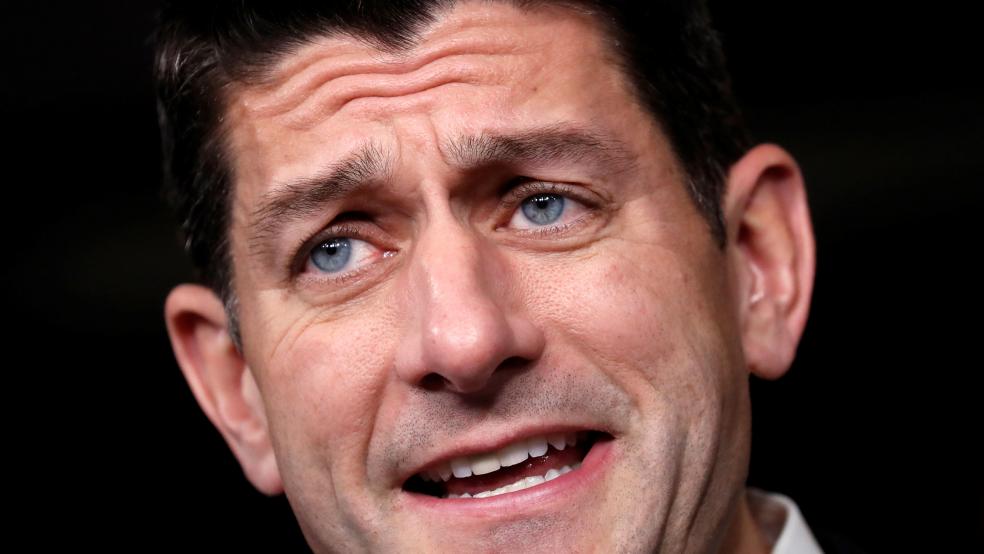As Republicans prepare to release an outline of their tax plan later this week, reports about the top-line changes it will seek are starting to emerge. The still-developing plan is expected to:
- Cut the top corporate tax rate to 20 percent, down from the current 35 percent.
- Cut the top personal income tax rate to 35 percent, down from the current 39.6 percent.
- Create a 25 percent tax rate for some pass-through business owners, reducing their rate from the current 39.6 percent that applies to personal income.
The plan is also expected to double the standard deduction, a move aimed at providing tax relief for middle-income families. However, state and local tax deductions may be reduced or eliminated to make up for some of the lost revenue, which could hurt both middle- and high-income households in high-tax (and Democratic) states including New York and California.
No further details on how Republicans will pay for the tax cuts are expected in the outline.
Like What You're Reading? Sign Up for Our Free Email Newsletter
One of the sticking points in negotiations among Republican leaders writing the tax plan is how wealthy taxpayers will fare. The White House has indicated more than once that it doesn’t want a tax plan that overwhelmingly benefits the wealthy, but many of the changes discussed so far would do just that. For example, the majority of pass-through income in the U.S. goes to households earning more than $500,000, according to data from the Tax Policy Center, and so reductions on the pass-through tax rate would disproportionately benefit high earners. “I don’t have a good way to thread the needle between the president’s promises and where they are,” said conservative economist Douglas Holtz-Eakin.
Before any tax overhaul can happen, Congress must first pass a 2018 budget, which will define the limits of potential tax cuts. The Senate Finance Committee made a deal last week that would allow for $1.5 trillion in revenue-reducing tax cuts over the next 10 years, but whether the full Senate and House Republicans will agree to such a deal is still uncertain.
It’s important to note that none of the numbers bouncing around now are settled yet, even in broad outline — Politico says that we'll be hearing the word "fluid" a lot this week with reference to the tax plan — and the plan could shift over the next few days and weeks. President Trump muddied the waters on Sunday when he offered a different version of the numbers, saying that he hoped for a 15 percent top corporate tax rate and an individual rate of 12 percent. However, most analysts say these tax rates are unlikely to be part of the outline being released this week.
The president has already begun pushing tax reform, promising on Sunday “the largest tax cut in the history of our country.” Trump will head to Indiana on Wednesday to promote the new plan.




